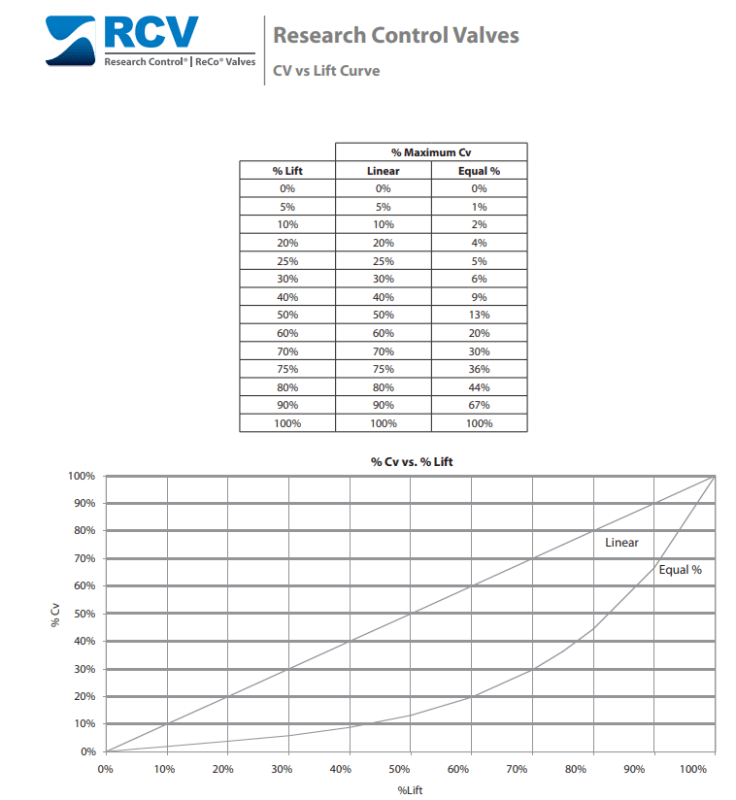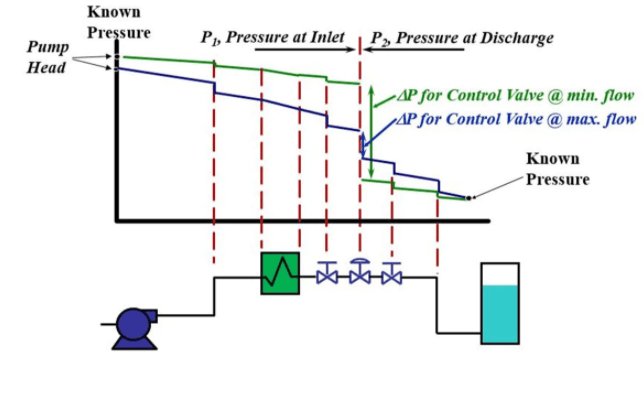We need to install a control valve in our water filter test system. I see online a lot of formulas and calculators to determine the Cv. However, for it's calculation pressure drop is needed. Is it the max acceptable pressure drop of the valve or something else?
Secondly, the formula also requires the flow rate for the Cv calculation. Since we use different flow rates e.g. 5 m3/hr, 10 m3/hr and 15 m3/hr for different types of filters. So I believe, using the max flow rate for Cv calculation should accommodate the cases for the lower flow rates also.
Lastly, I can calculate the headloss in the system at a specific flow rate with a clean filter. As the filter gets loaded/blocked the pressure drop in the system also increases. Different types of fully blocked filters introduce additional pressure drop of 1-2.5 bar. So for pump sizing I should use the max drop of a blocked filter in addition to other head losses, correct?


